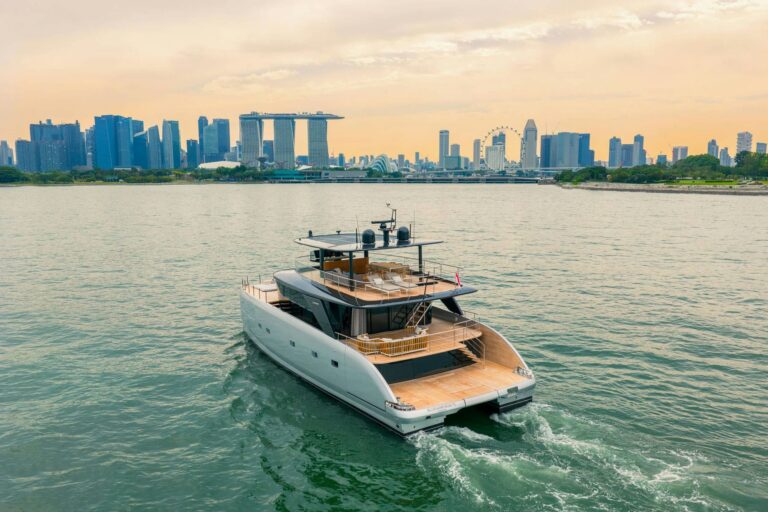The Enduring Legacy of Riva
A Beginning on Lake Iseo
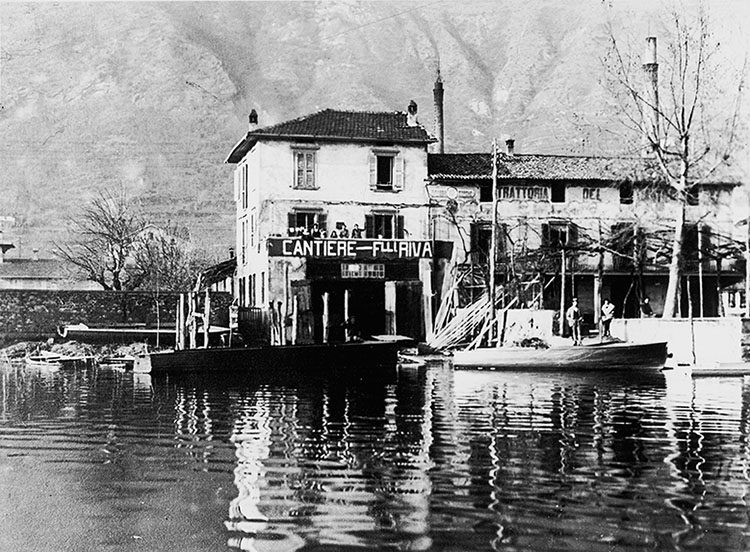
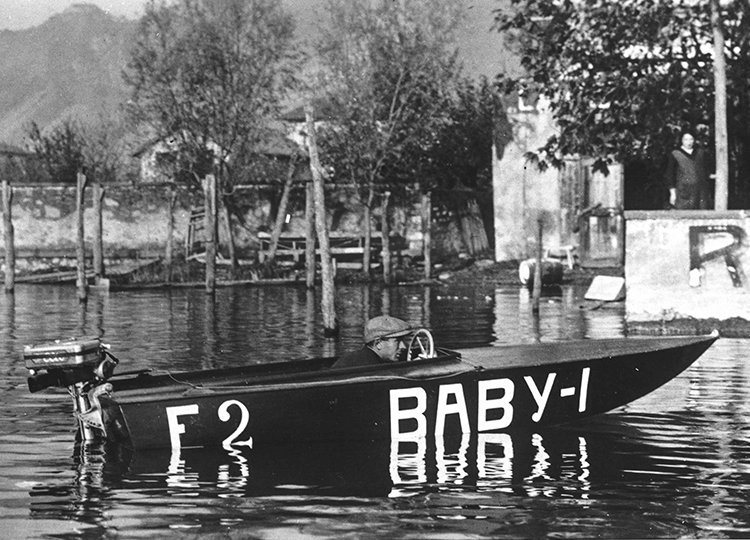
The Riva story began in 1842 on the shores of Lake Iseo, where a devastating storm left the local fishing community in ruins. Pietro Riva, a skilled shipwright, took it upon himself to repair their boats. His work not only restored what was lost but set the foundation for a family enterprise that would one day become one of Italy’s most recognisable names in boating.
Through successive generations, Riva evolved from a small local yard into a name associated with technical mastery and design refinement. Pietro’s son Ernesto introduced internal combustion engines to Riva’s boats, a decision that shifted the shipyard from utility to leisure and marked the beginning of a new era.
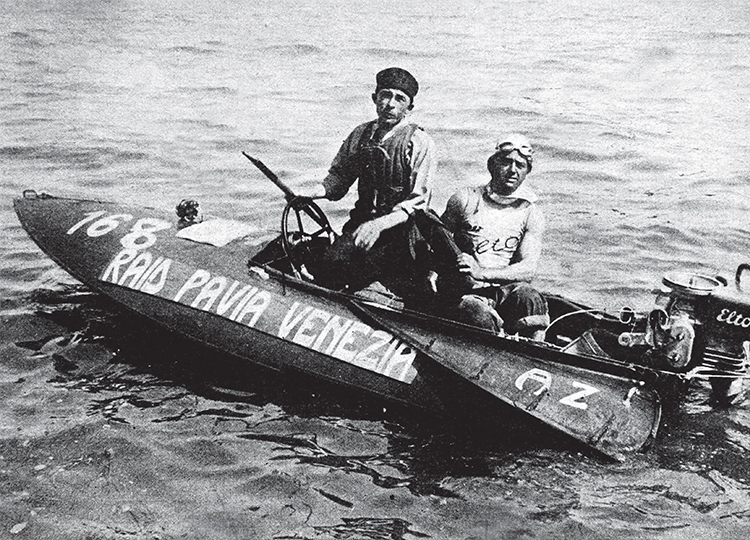
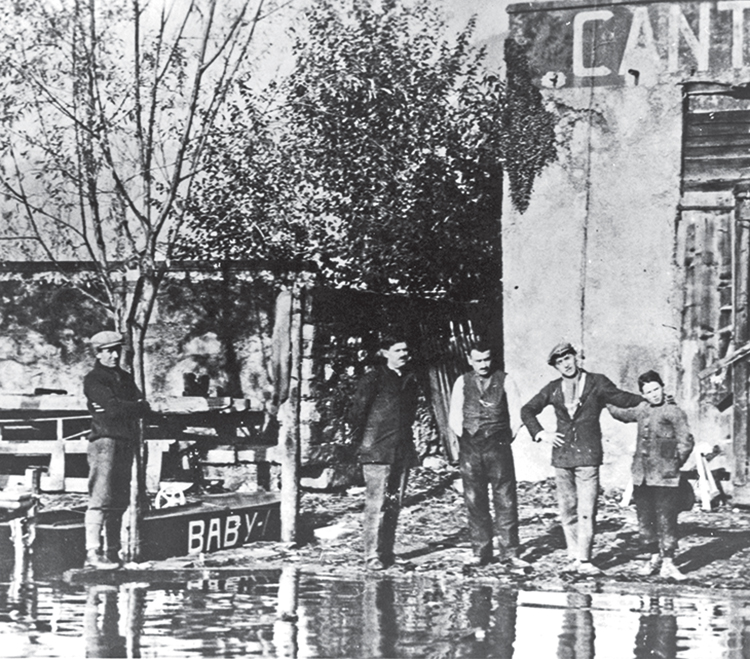
By the 1930s, under Serafino Riva, the company began producing high-performance motorboats that combined speed with elegance. Riva boats became known across Europe for their clean lines and agile handling, winning titles in competitions and attracting a new class of clientele. It was also during this time that Carlo Riva was born, the man who would eventually define the modern era of Riva and shape its international image.
Read More: Viva Riva: Celebrating 180 Years in Style
The Carlo Riva Era
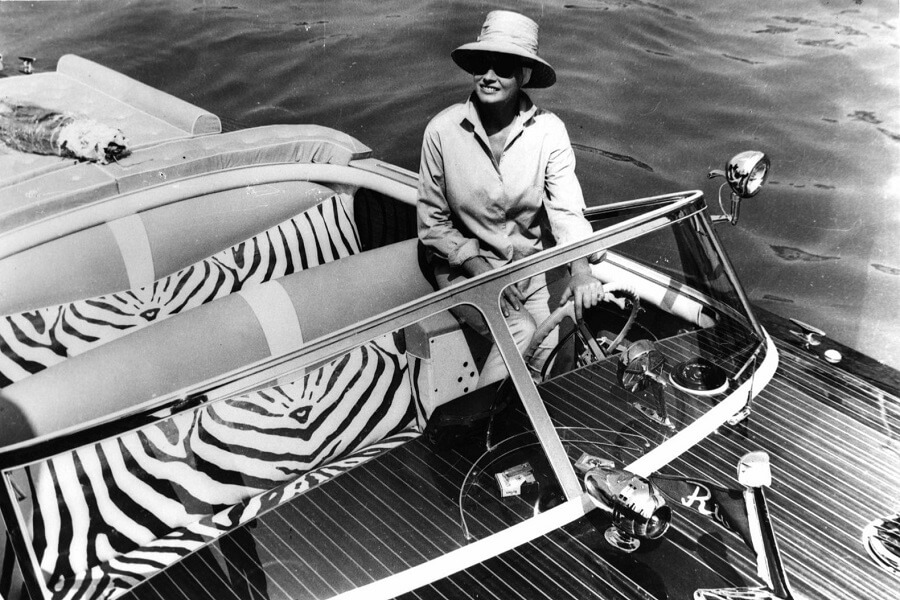
When Carlo Riva took over in the 1950s, he transformed the family shipyard into a global reference point for style on water. The period coincided with Italy’s Dolce Vita years, when glamour and leisure were part of a national identity and Riva motorboats became its most visible expression.
Crafted from mahogany and polished to a mirror-like sheen, boats such as the Ariston, Tritone and the legendary Aquarama were designed with an eye for proportion and an instinct for drama. The Aquarama, introduced in 1962, became the ultimate embodiment of that vision — sleek, powerful and unmistakably Italian. With fewer than 800 built, it remains one of the most admired boats ever made.
Riva Today: A Cultural Symbol
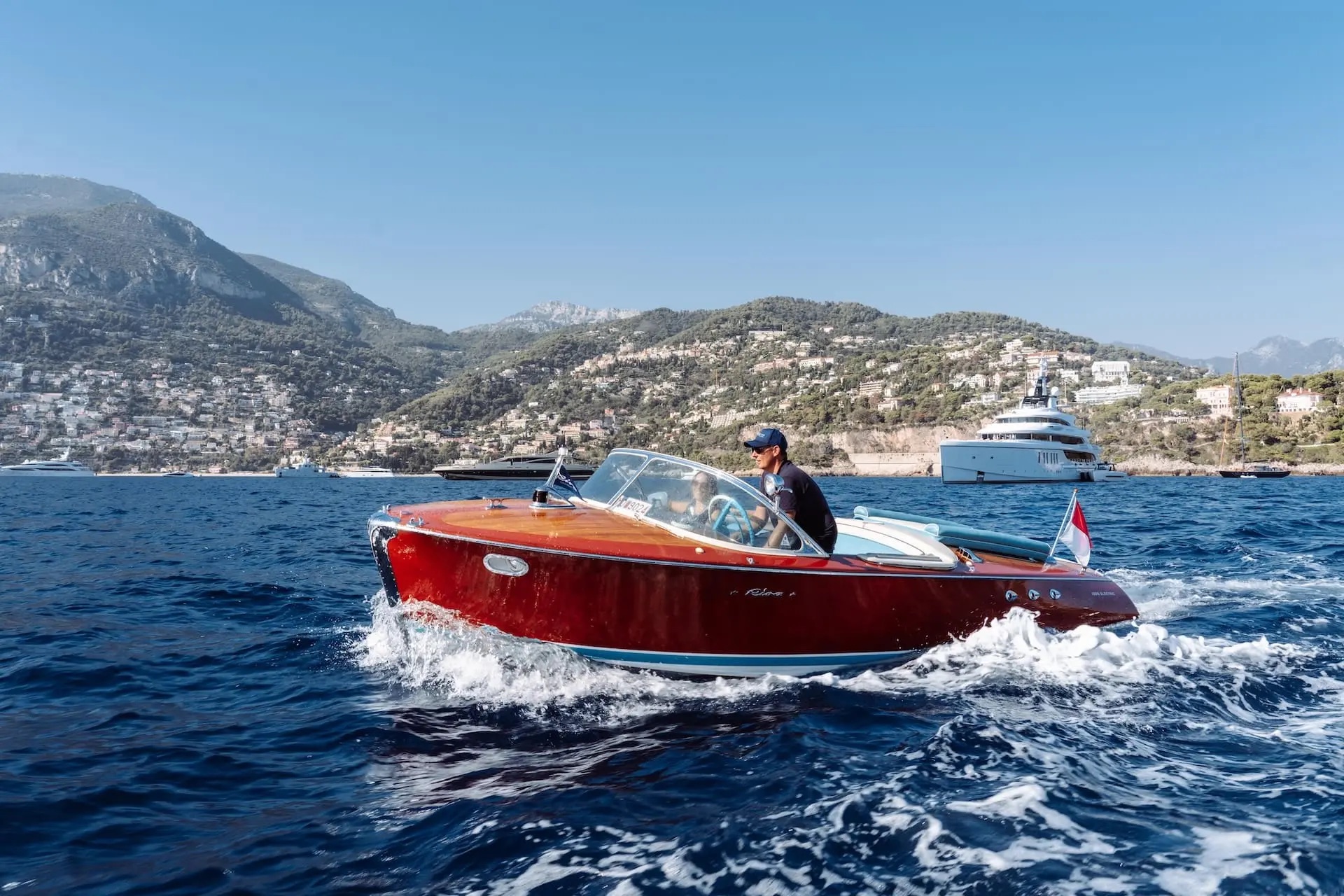
The Aquarama soon became a fixture of cinematic coastlines, appearing alongside film stars, royals and jet-set figures. Owners ranged from Brigitte Bardot to Sophia Loren and Prince Rainier of Monaco, each drawn to its understated glamour and distinctive silhouette. Even today, collectors regard the Aquarama as more than a boat — it is a piece of history that captures the optimism and spirit of post-war Italy.
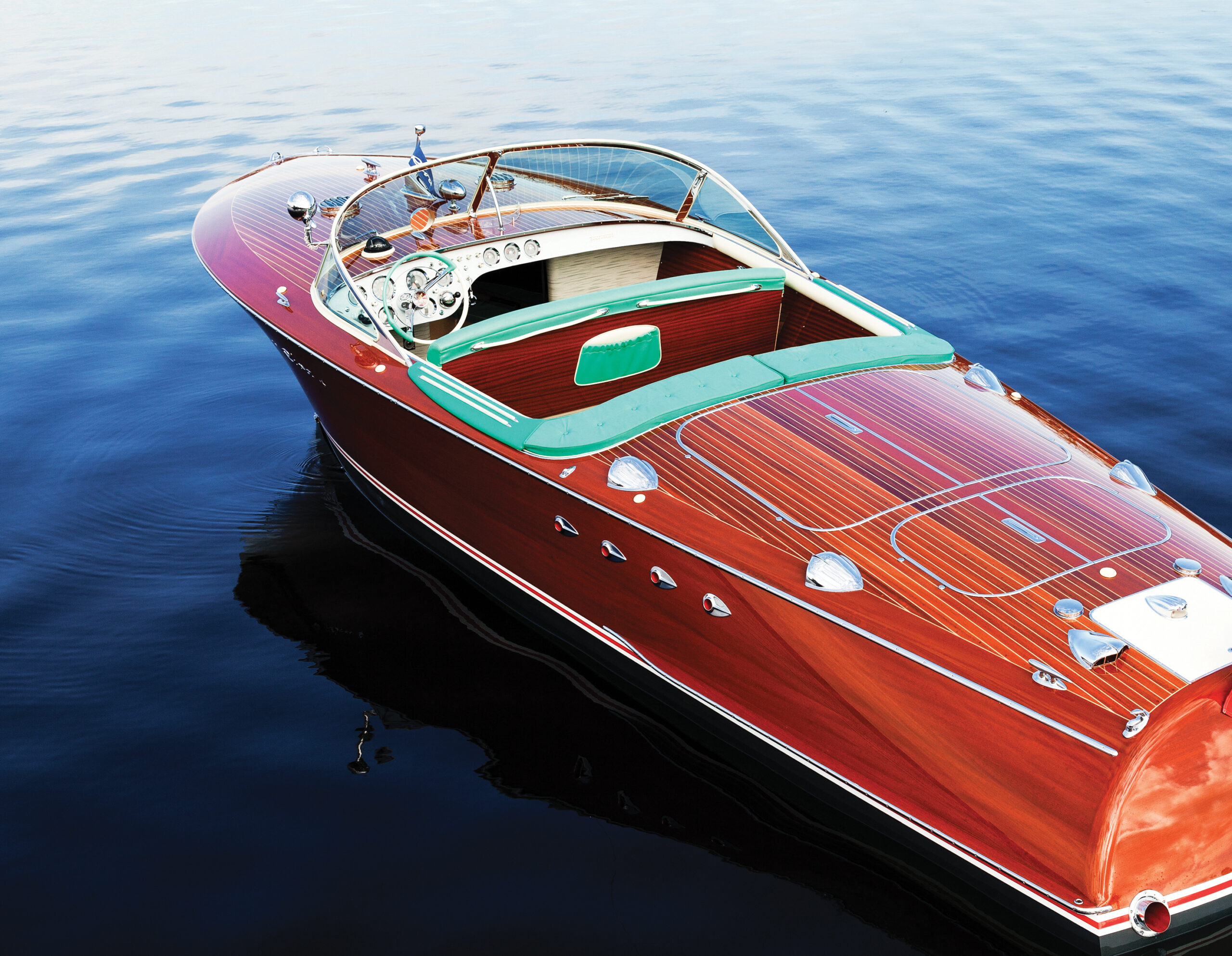
While the materials and technology have evolved, the essence of Riva remains unchanged. The Aquariva, introduced in 2000, carries forward the same profile and detailing that made the original models legendary. Contemporary yachts continue to honour the brand’s lineage through balance, proportion and a quiet sense of sophistication that never feels overstated.
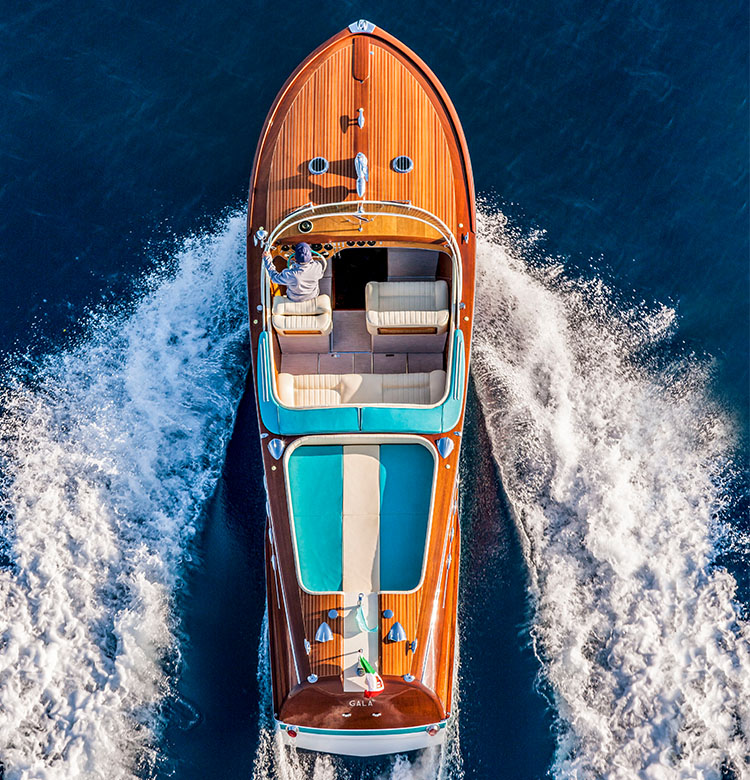
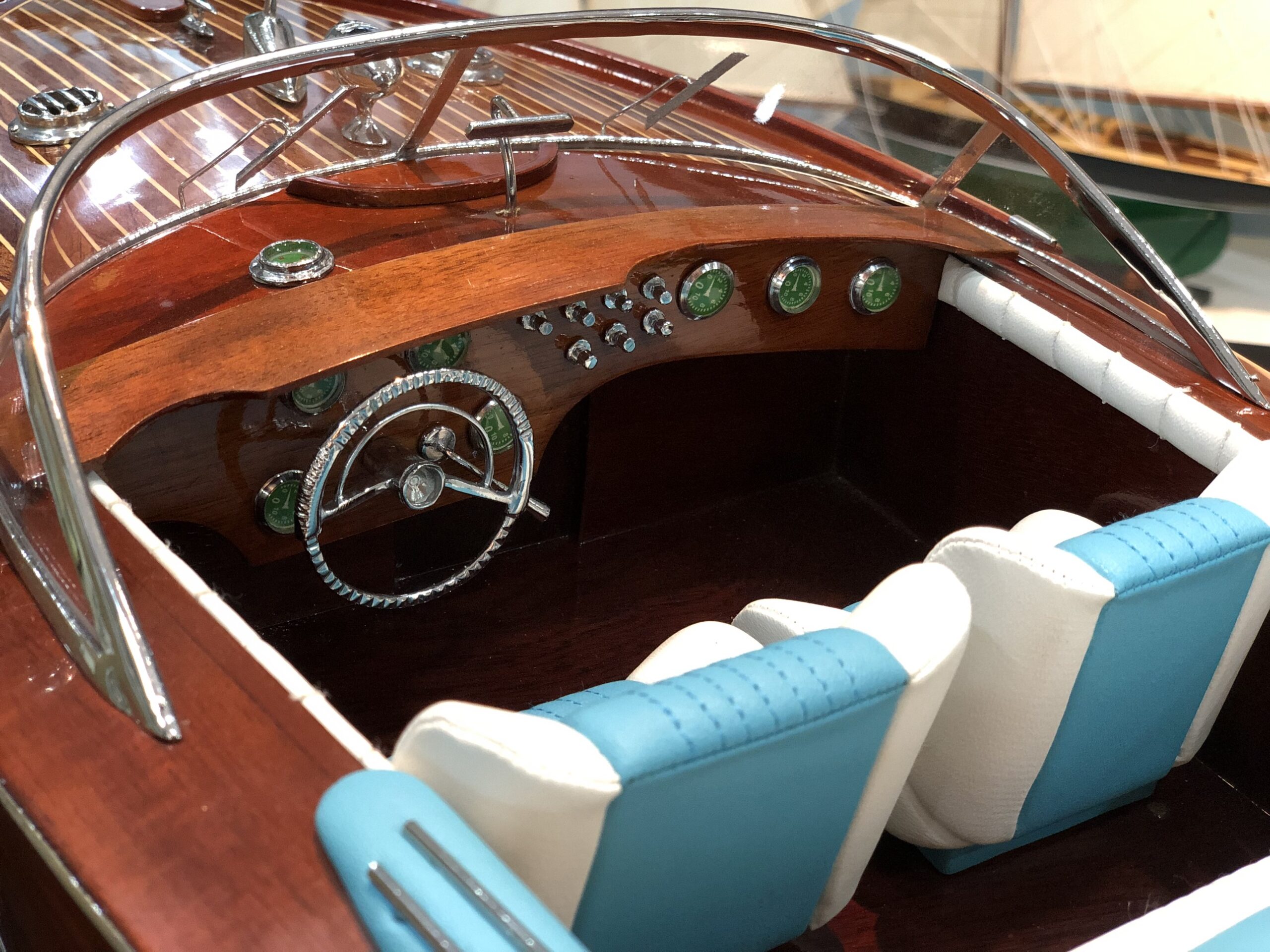
Partnerships in Power
Over the decades, Riva’s name has occasionally met others that share its Italian heritage. In the 1960s, Ferruccio Lamborghini commissioned a bespoke Aquarama fitted with twin V12 engines, merging two icons of performance. In 2016, Riva became a sponsor of Ferrari’s Formula 1 team, a partnership that brought its distinctive aquamarine logo back into the realm of speed and competition.

From its modest beginnings on Lake Iseo to its present-day prestige, Riva has remained true to its origins — boats built not for excess, but for a way of life that values grace, balance and beauty. More than 180 years on, the name endures as a testament to Italy’s ability to turn even the practical into the timeless.
For more yacht reads, click here.
The post The Enduring Legacy of Riva appeared first on LUXUO.





